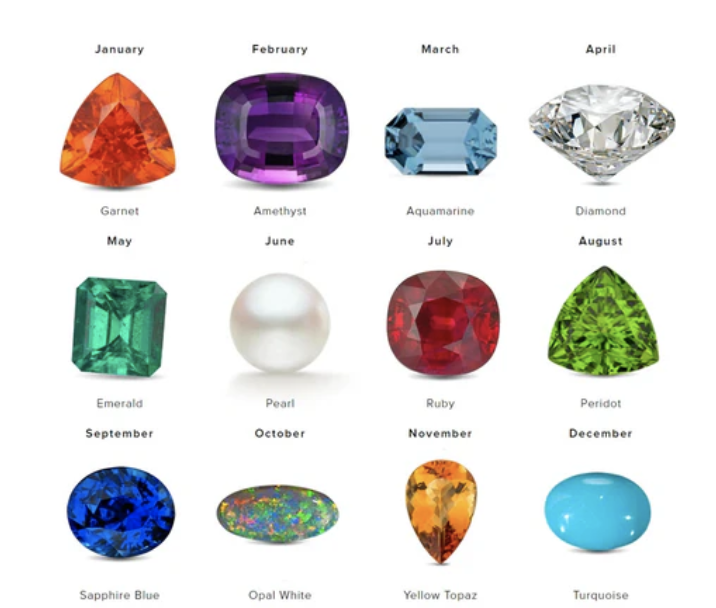All About AP Human Geography
Photo courtesy of Bridgette Roberts
The students of AP Human Geography work diligently on an assignment in class.
March 10, 2017
In its second year here at YLHS, AP Human Geography is an exciting academic course that all students are able to take as an elective credit. Although geared towards freshmen, AP “HuG,” as the students call it, is available to all class levels for those students who have an open period and are willing to learn about modern society mixed with a bit of history. Undoubtedly, AP Human Geography is one of the most unique courses offered at YLHS, and still very few people actually know that it exists.
While most people probably assume that it is about learning how to give the best “HuG,” the class is so much more than that. Although it is only a semester’s worth of a college course spread out into a year of high school, there is still a ton of content to cover. From migration habits to urban models to culture, AP HuG encompasses all aspects about the human landscape that many people may not know about. When asked about why she took the class, Theresa Parcell (12) replied, “I took AP HuG my senior year because I had an open period and was really interested in the course. It seemed new and interesting, and I was eager to learn about how different cultural groups evolved and diffused across the globe.”
Some of the various units studied in this class include basic principles of geography, population and migration, industrialization and economic development, agriculture and rural land use, cities and urban land use, cultural patterns, and political geography. This class delves into many topics dealing with how today’s society came to be. A common misconception regarding AP HuG is that it is a history class about the evolution of mankind. In fact, it is quite the opposite; AP HuG focuses mainly on modern society and the numerous elements of it that influence one another. Yes, it does touch upon the Industrial and Agricultural Revolutions as well as colonization, but those are only minor parts that contribute to the overall understanding of the course. For all those history lovers out there, do not be discouraged; this course incorporates plenty of historical background that can only assist you and the connections you make in this class.
When would it be best to take AP Human Geography? Even though the counselors mainly encourage freshmen to take it, since it runs at an easier pace than most AP classes, students can take this class any year they would like. However, most students only have room in their schedules freshmen and senior years, so it is much simpler to take AP HuG one of those years. Another commonly asked question about this class is whether it is an “easy AP class.” Being that it is the only AP class that includes only half of a college course in a year of high school, it does flow at a slower pace than the other APs. Nevertheless, it is still an AP course and the textbook is still a college level textbook. Not all the students get A’s in the class; in fact, many students end up dropping the course first semester. While it may seem easy, it is most definitely not for everyone.
Unlike any other AP class offered at this school, AP Human Geography relates the most to current society. After being asked what she would say to students thinking about taking this class next year, Mrs. Toxqui (Staff) replied, “I think this is one of the most relevant classes on campus because we learn about real world issues. The things that you learn in this class prepare you for high school, college, and life.”
Some people may prefer a more historical class – others may love the idea of a modern curriculum. To any student who is interested in taking this class, do it. The ideas discussed in AP HuG are extremely relevant and engaging. To learn more about this course and the teacher, feel free to visit Mrs. Toxqui’s webpage at http://mrstoxqui-aphug.weebly.com.





































